#SPOTLIGHT ON JESSICA KING
How did you come of age as an artist? How did you come to your current practice?
The moment I came of age as an artist was the moment I realized that I couldn’t separate my art-making from my work as an educator. As an artist-educator, I am most interested in raising female consciousness. In my work, whether narrative or abstract, or in the form of an essay or a syllabus, I lean towards exploring the barriers to and the paths toward self-actualization for women. Sometimes I like to do this explicitly, though never didactically, and other times I like to do this more covertly. In The Furies, for example, because the stories and themes contained in the original narrative have been translated into dance, I found an opportunity to look at the ways in which women identify the subtle oppressions generated in a patriarchal culture - the subjugation of women inherent in heteronormative coupling, for instance, or social prohibitions against female anger - in order to ultimately see how movement can contain and express both the detrimental effects of capitalist patriarchy, and, more importantly, avenues for defiance.
What was the inspiration for your Open TV project?
The Furies grew out of a a lifetime of discussions with strong women that exposed all the ways in which women are not only silenced but discouraged from expressing a full range of emotions, particularly those deemed “masculine.” It turns out that anger, for women, is especially ill-advised.
Yet, the reasons for women to be angry are myriad. Displays of gender inequality are everywhere: cat-calling on the street, trolls on the internet, harassment on the job, domestic abuse, the wage gap, rape culture, the restrictive nature of reproductive rights. And then there are the more subtle forms of sexism: prohibitive stereotypes (the nag, the bitch, etc.), dismissal of female intelligence, lack of support for mothers, and, for aging or ‘unattractive’ women, a special treat: invisibility.
Aristotle talked about ‘appropriate anger’ and how moral indignation, if expressed at the right time and for the right reason and towards the right entity, is a sign of virtue. He was, of course, talking about men, not women, but in The Furies, I apply these concepts to women. I wanted to reassign women the virtue taken away from them when their angry and upset voices are silenced.
To be clear, The Furies isn’t a series about ‘women on the edge’ or ‘women melting down.’ Anger is natural. Anger is inevitable. And anger, despite its negative connotations, is useful: it is the disruptive muscle of the rebel, the society-changer. If channeled appropriately, it can be used to identify what we value, what we’re willing to take risks for. In this series, I explore the potentially transcendent power of women’s anger, and the dangers of repressing it.
Originally The Furies was created as a narrative series focused on a range of women of different backgrounds and ages, set in the Chicago dance world. Due to funding constraints, however, I kept the dancing and used the narrative to inform the resulting five dance films, which explore how each character’s inner struggle manifests in movement. For this endeavor, I hired three incredibly talented female choreographers (Paige Caldarella, Erin Kilmurray, and Kaitlin Webster) with different styles and aesthetics to set movement on five female dancers, who also would have played the main characters in the narrative version of the series.
With each choreographer, I either shared the script or told her stories about the character she’d be setting work on. This allowed us to discuss evocative themes and imagery that would shape the choreography. Similarly, I worked with each dancer on her character, exploring her inner conflicts and strivings, along with the ways that her anger over the daily indignities all women endure affects her life. With each individual woman, choreographers and dancers alike, this was a conversation about what it’s like to move through life as a woman and what it could be like if, for a brief moment, she was allowed to express the frustration that’s been growing since her consciousness awoke. What resulted was an intimate series of personal-professional conversations that shaped the dance and the work as a whole. Working with my female collaborators in this way allowed us all to be our complete, authentic selves, to be people and artists at the same time.
What's next for you or your series?
I’m interested in evolving my artistic practice. I will continue the shift from narrative web series like Full Out to dance series like The Furies. Over the next year, I will be working on another dance-focused project called If Left Unchecked with choreographer Paige Caldarella and dancers Jess Duffy and Keyierra Collins.
In terms of web series, I’ve co-written and am directing two episodes of a sexy adult sex-ed series called F*ck Yes, which showcases positive, realistic situations in which adults negotiate what they want out of sexual situations.
I’m also currently writing a series of essays called How Not to Overthrow a Dictator about an 8-year span in my career as a public high school teacher in Chicago, during which my school was run by a petty, educrat tyrant, and in which I explore the frightening parallels to the current presidential administration and all of the ways that the resistance at my school tried and, unfortunately, failed to come out on top.
If you are currently involved in another Open TV project please speak about the connection here.
My previous series Full Out, a queer dance series focused on the lives of Chicago dancers, lives on OpenTV and was very much the initial inspiration for The Furies.


